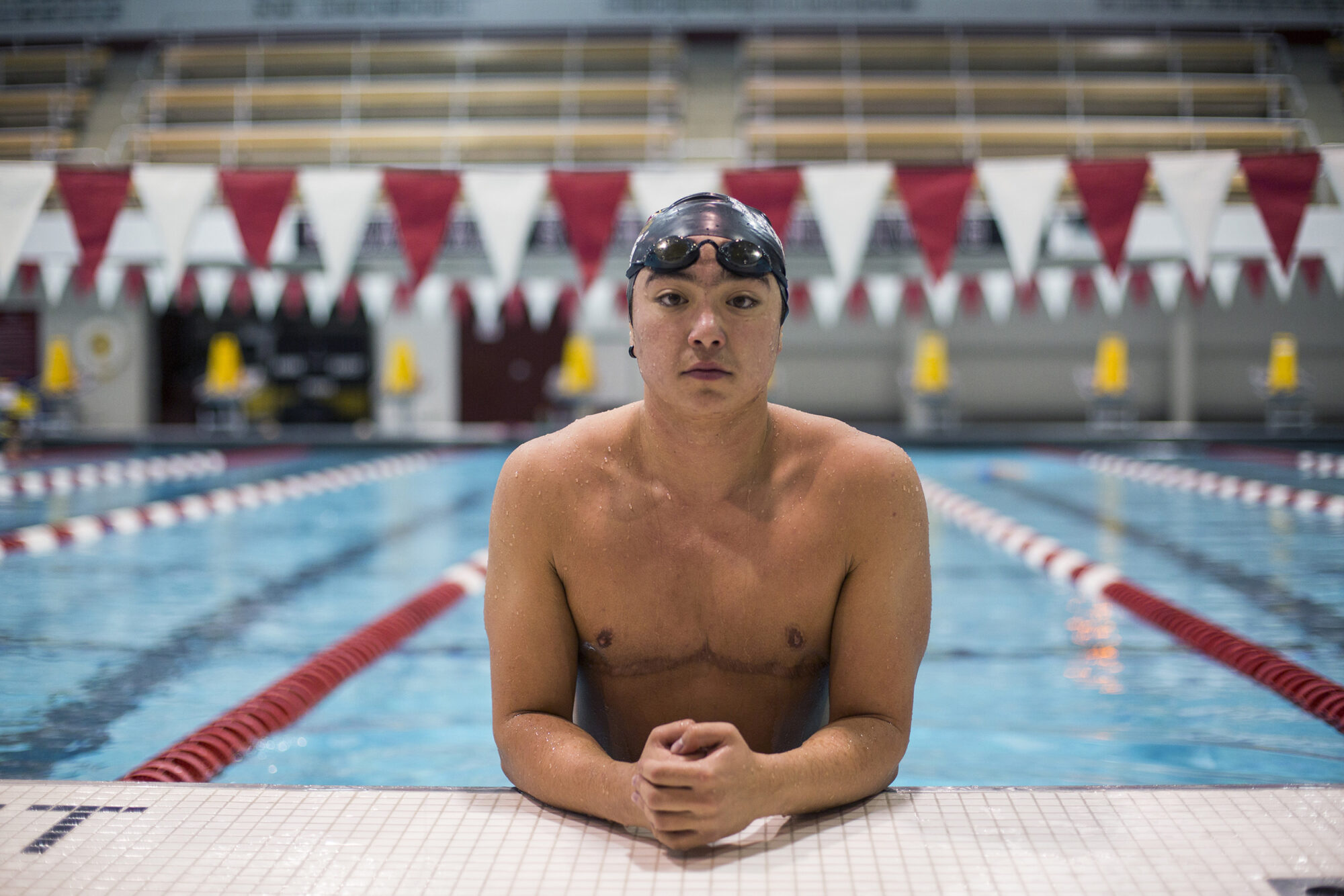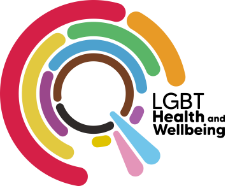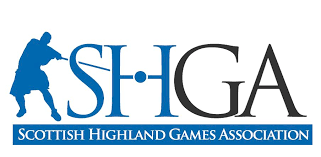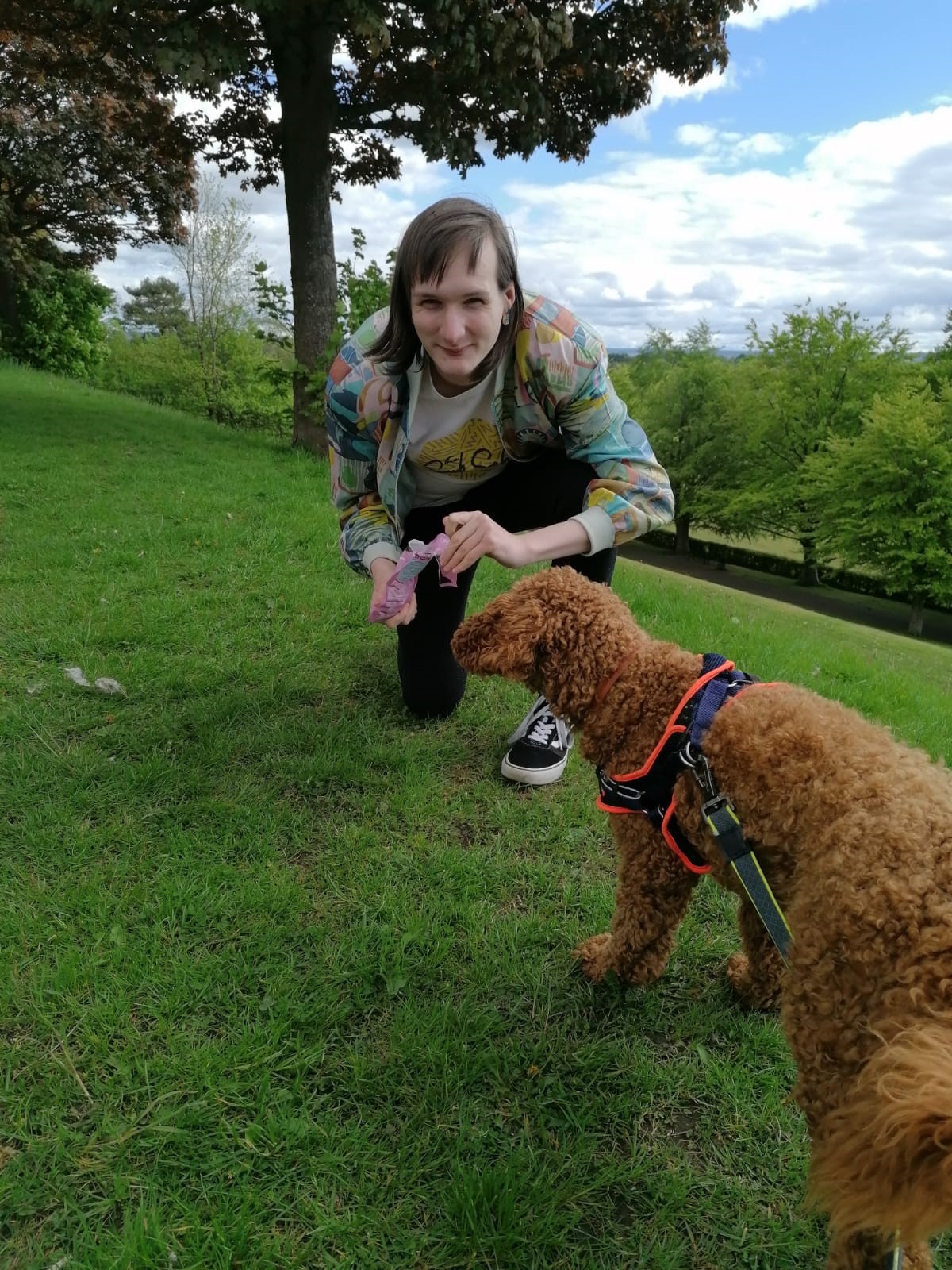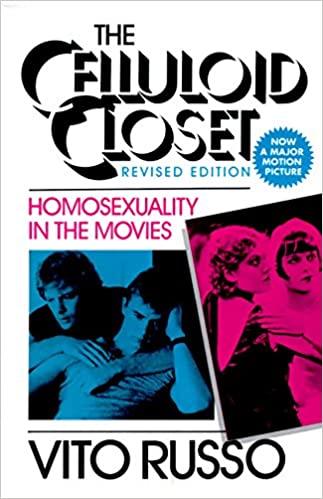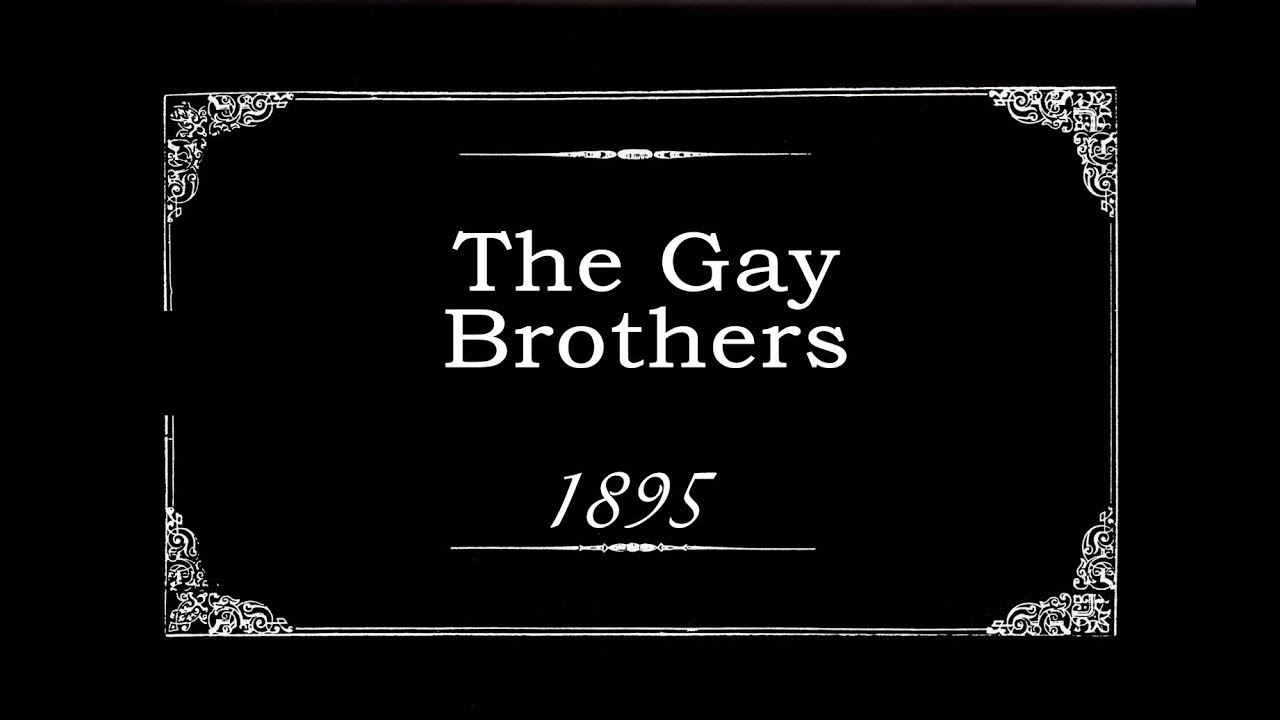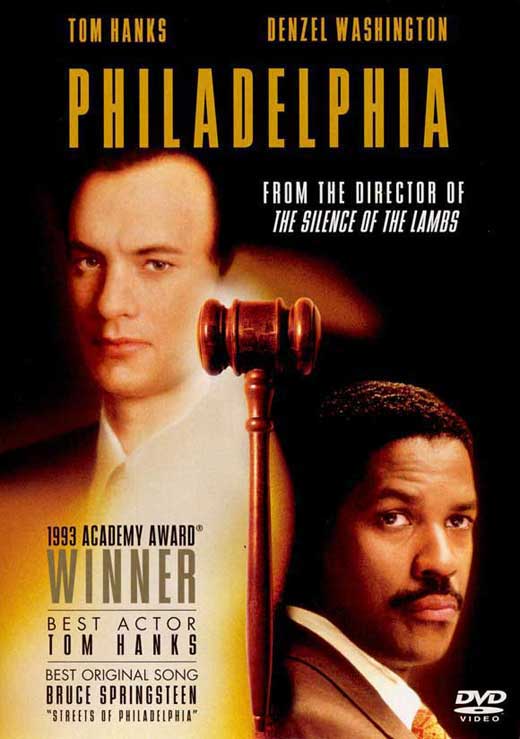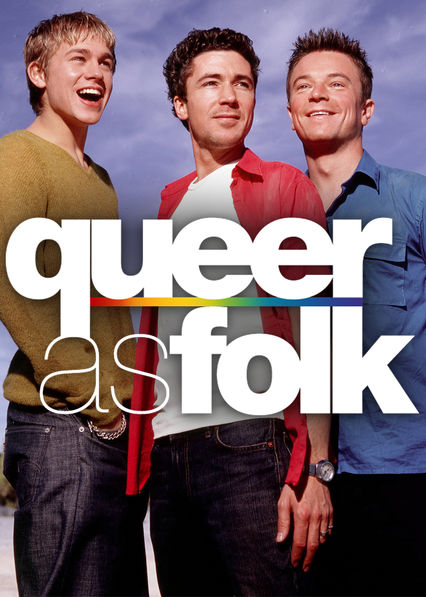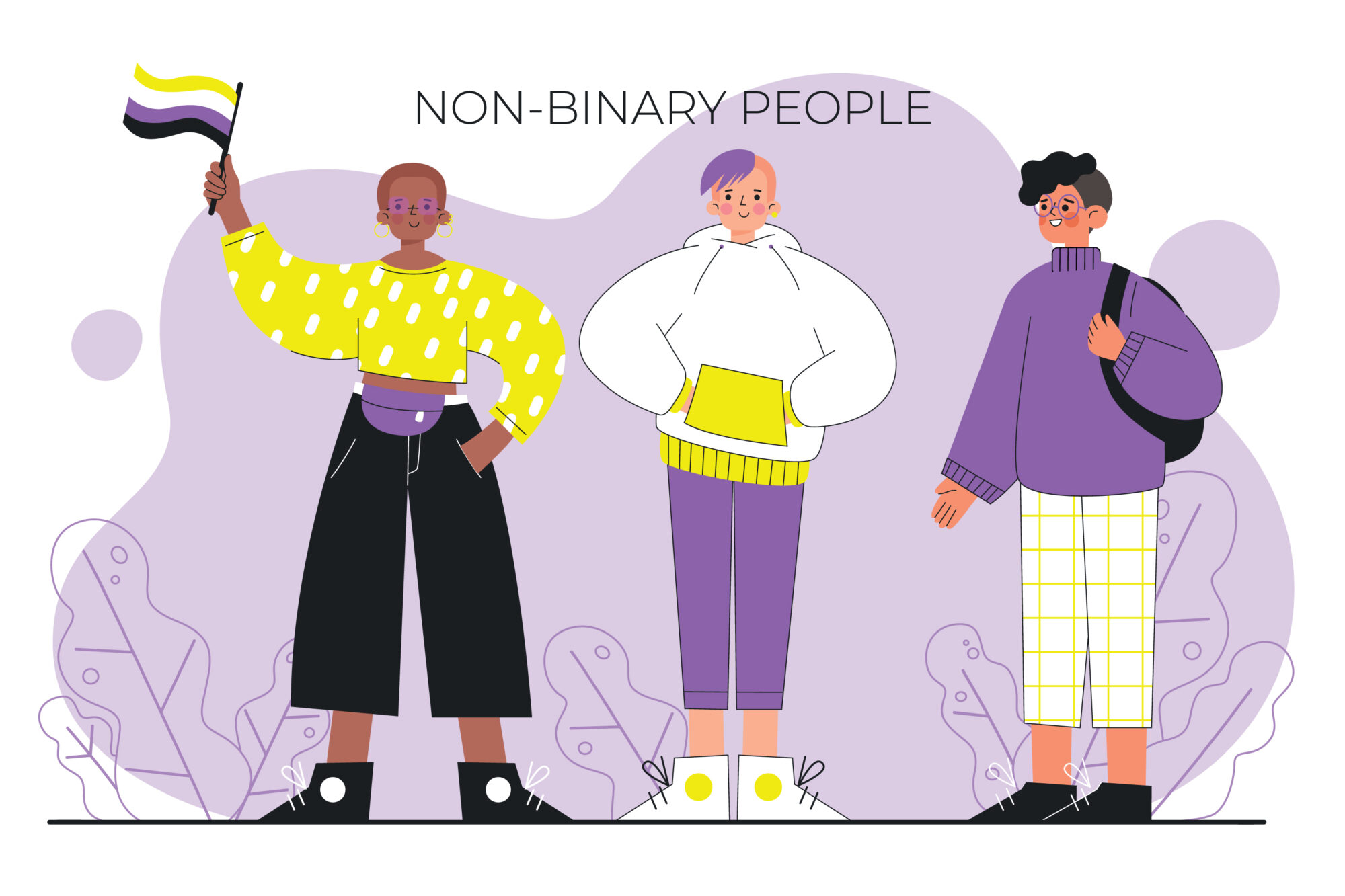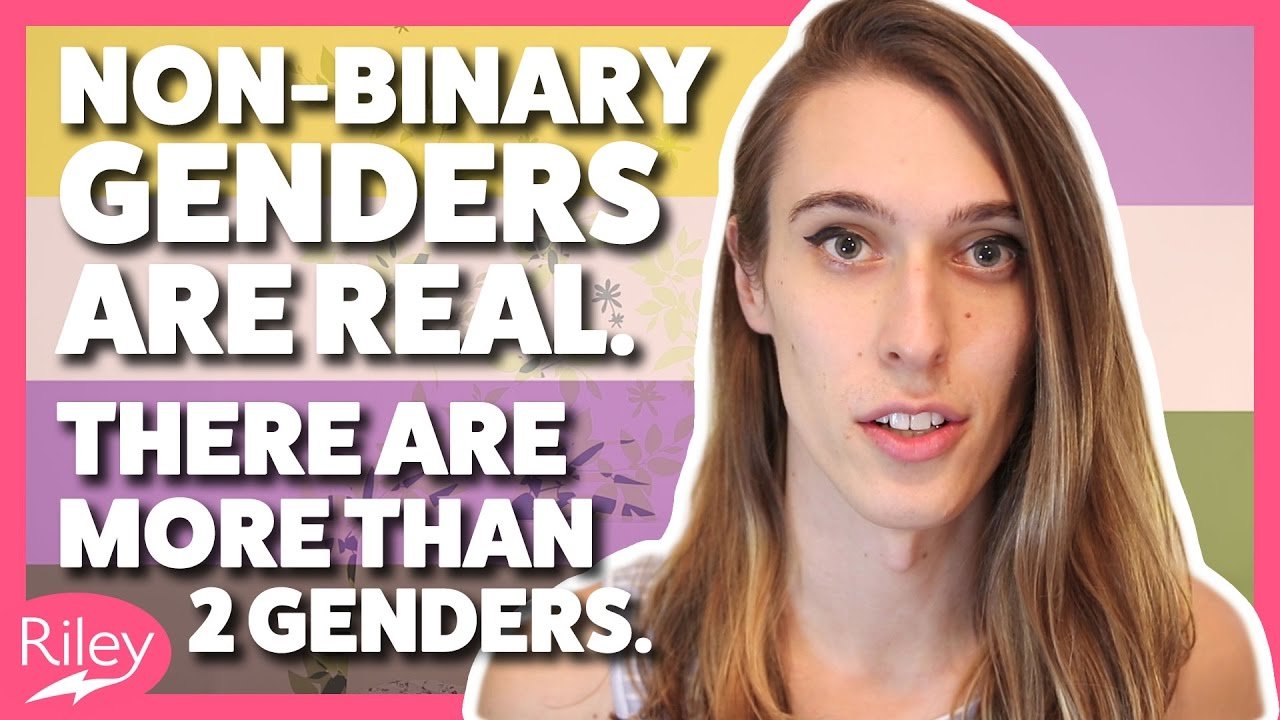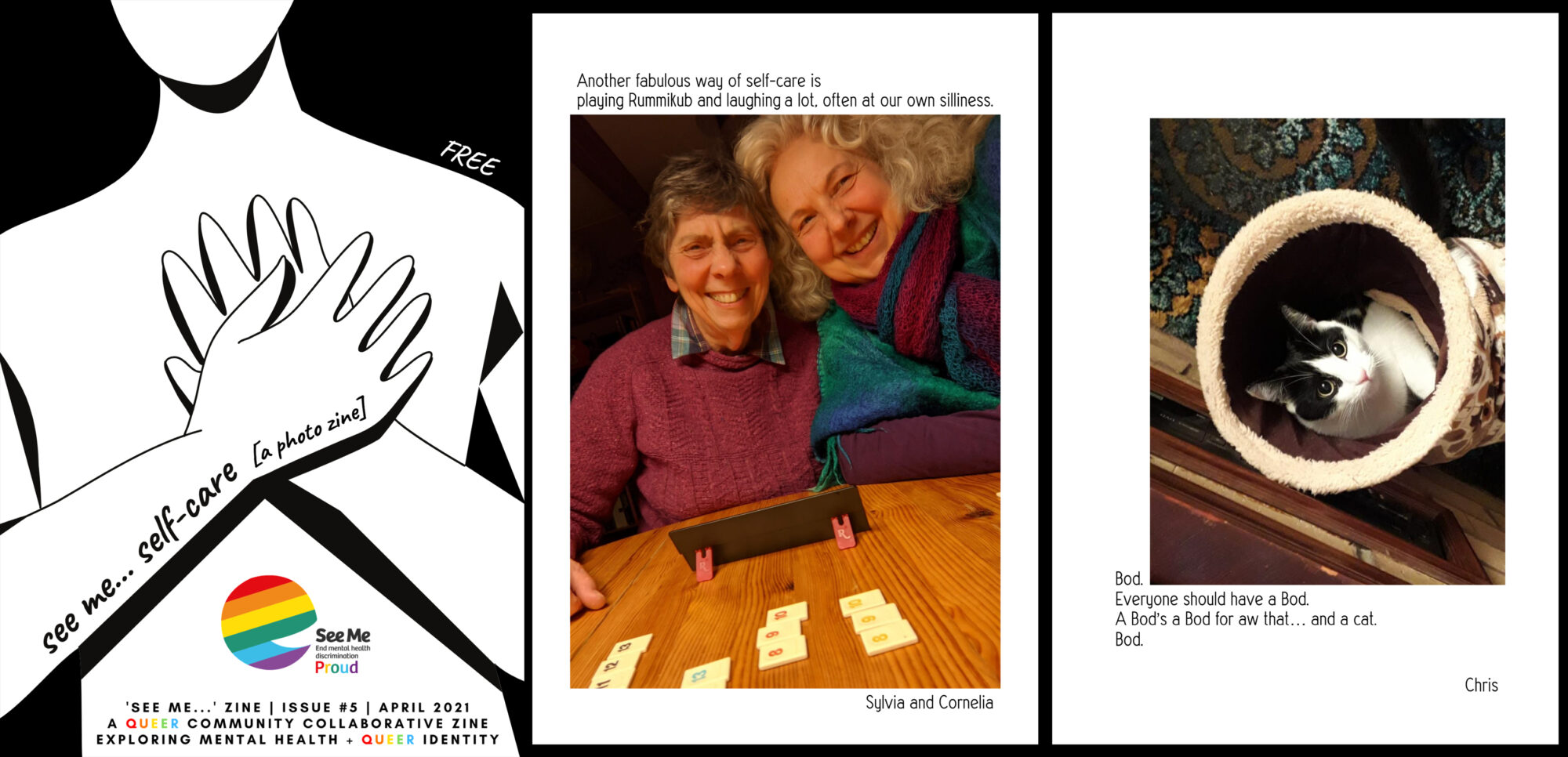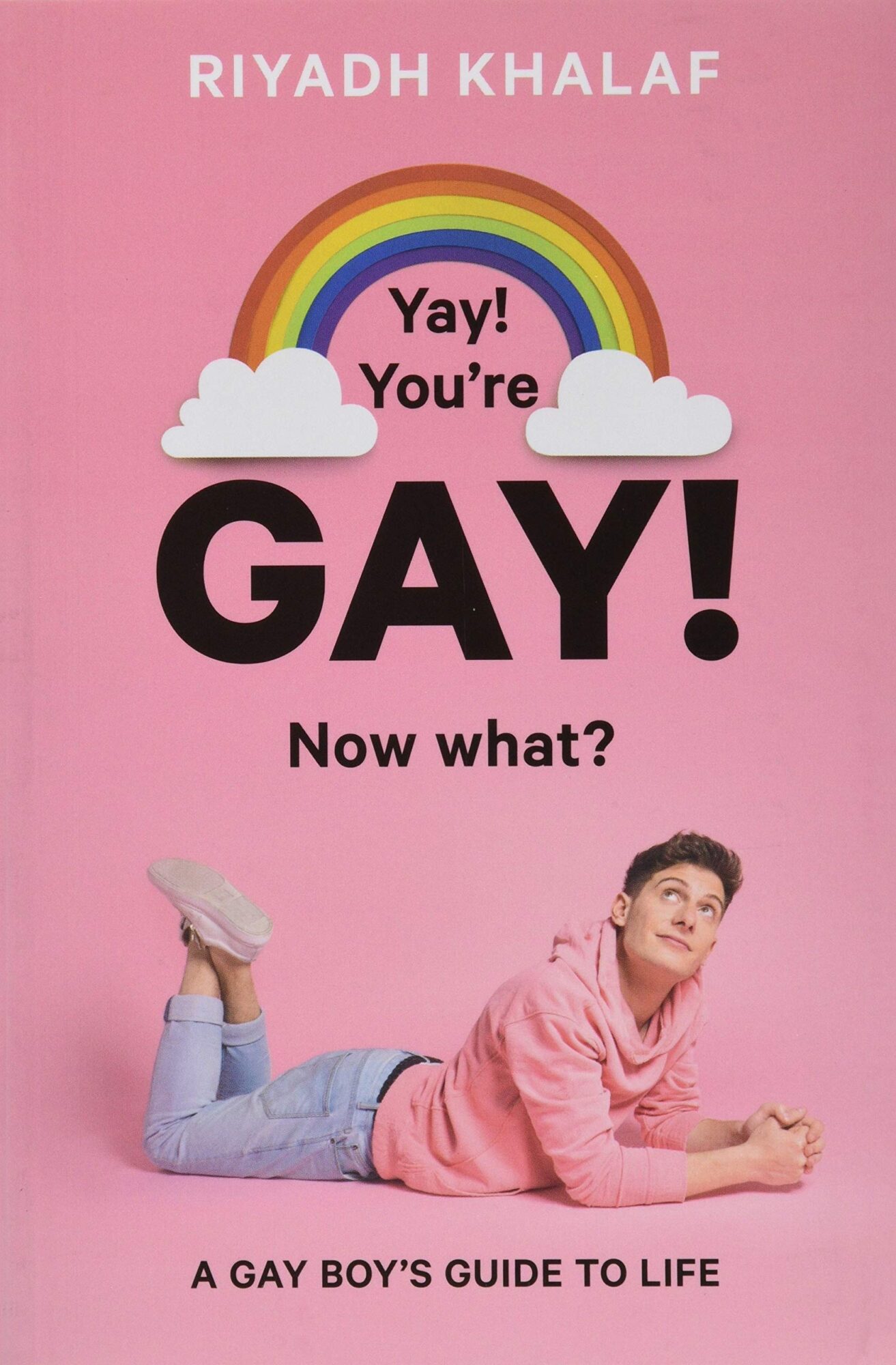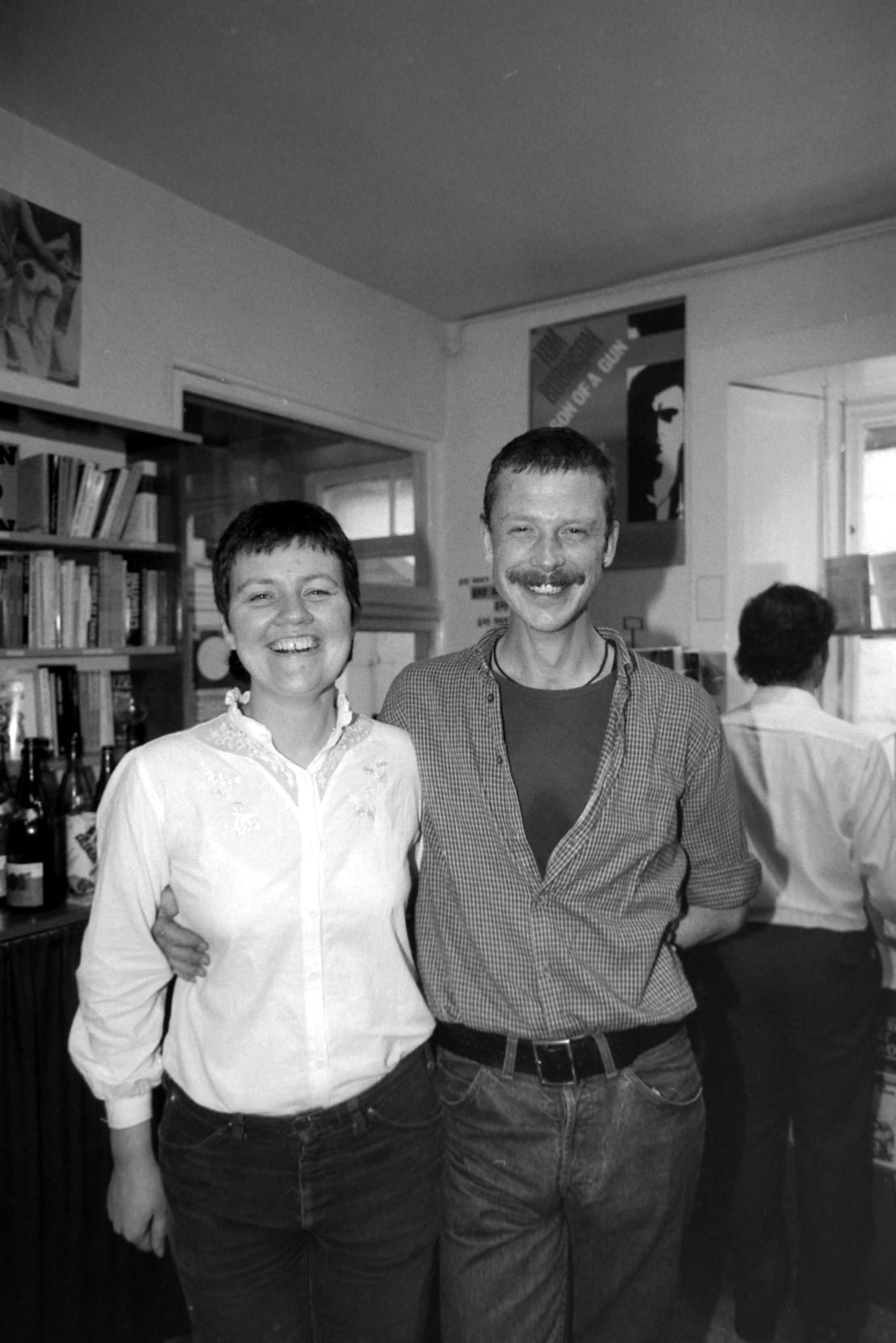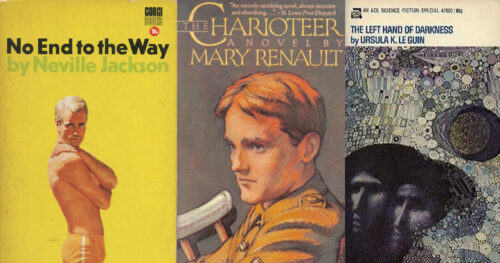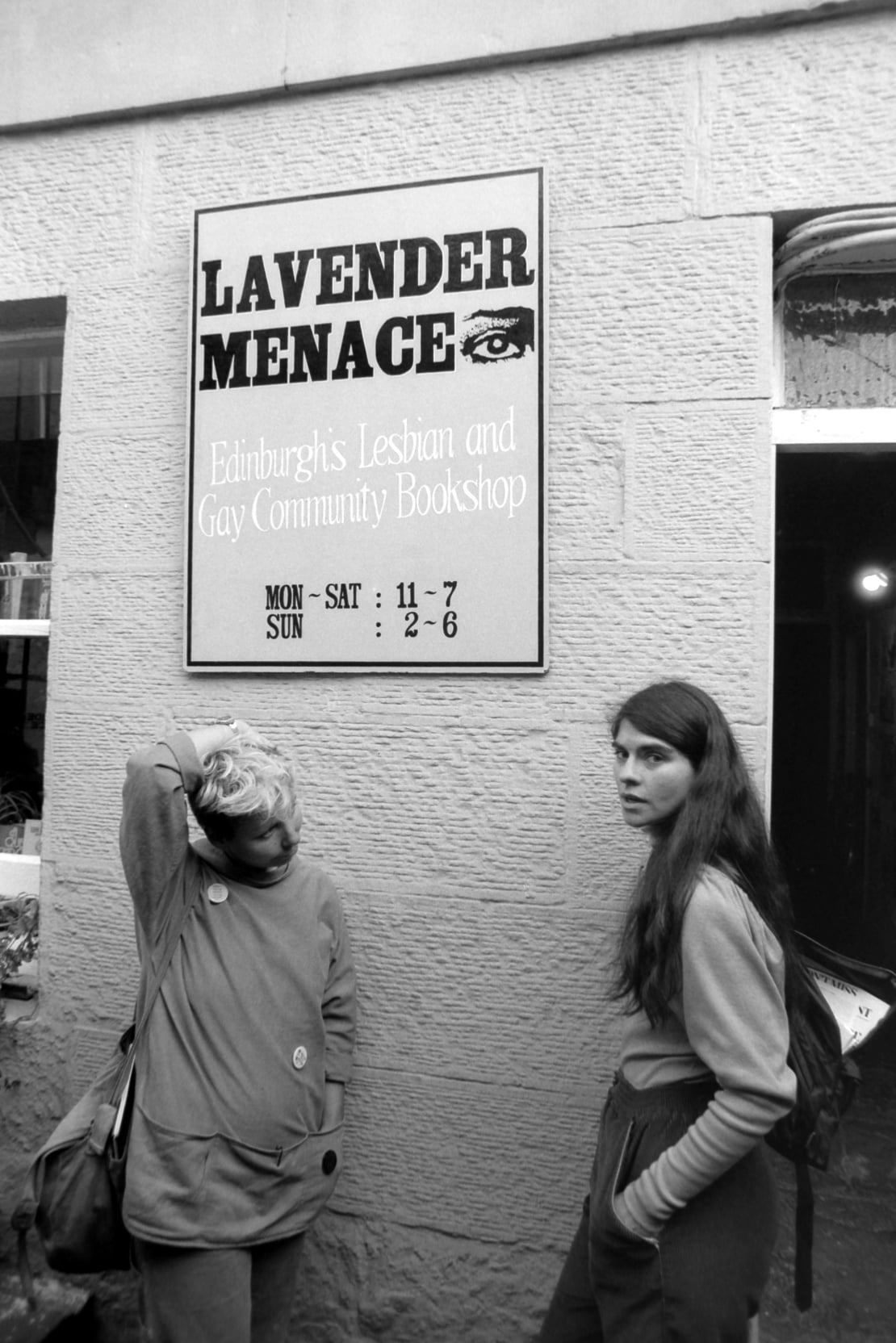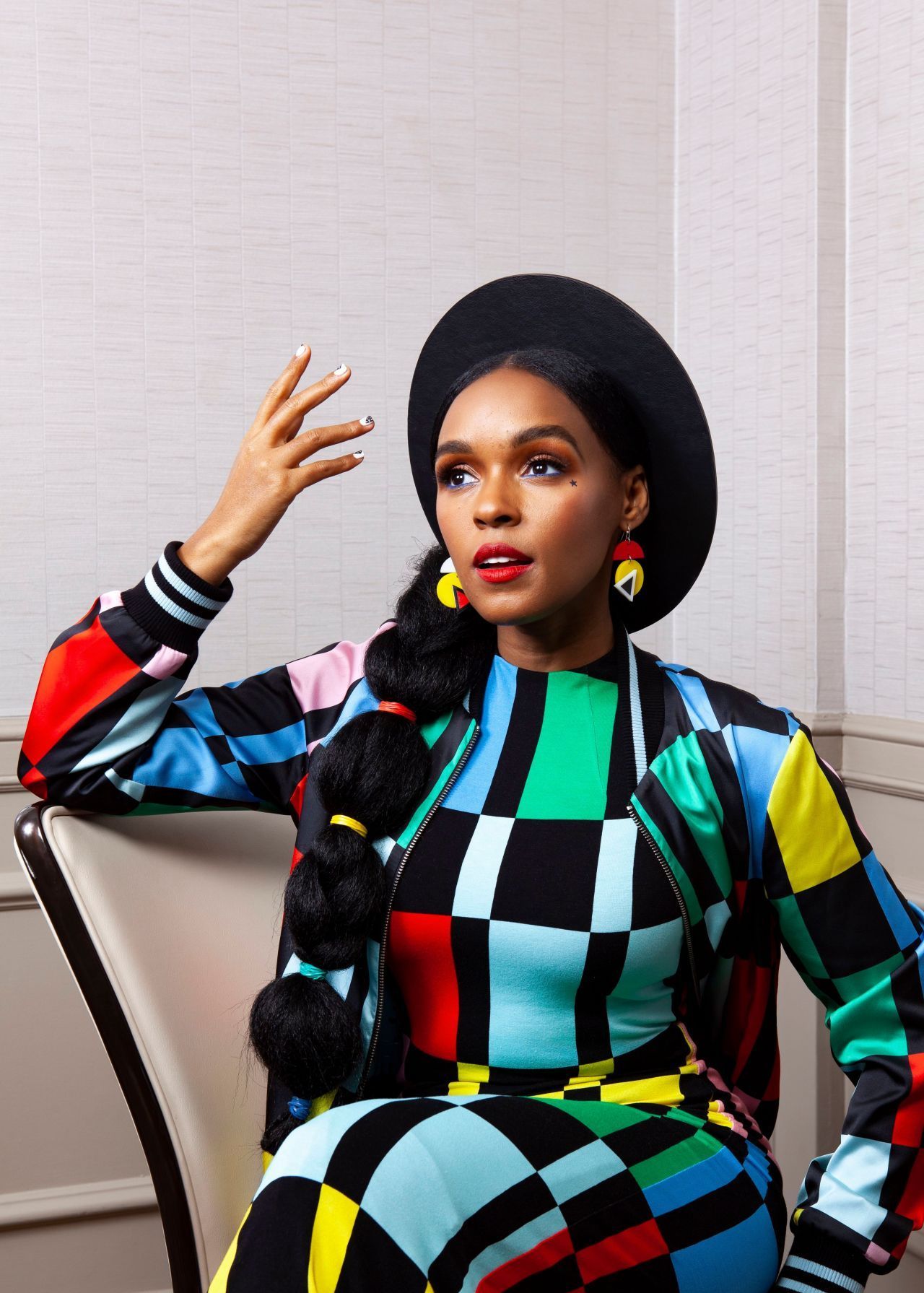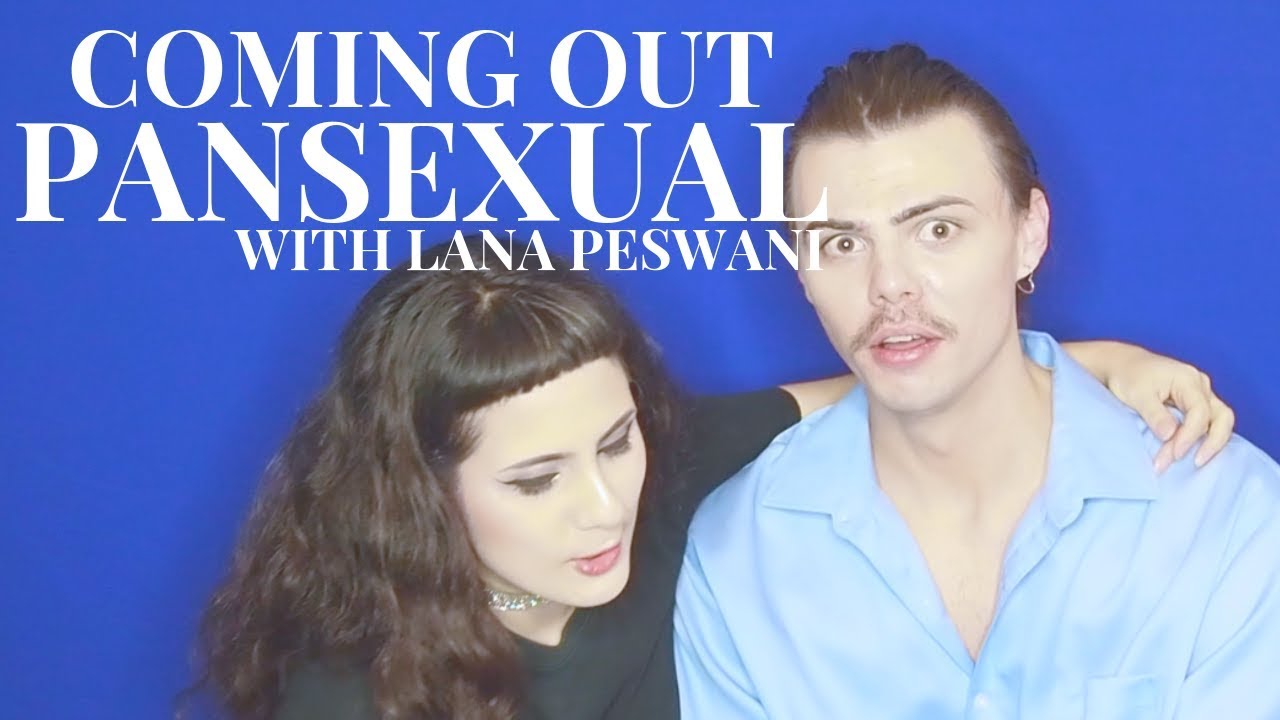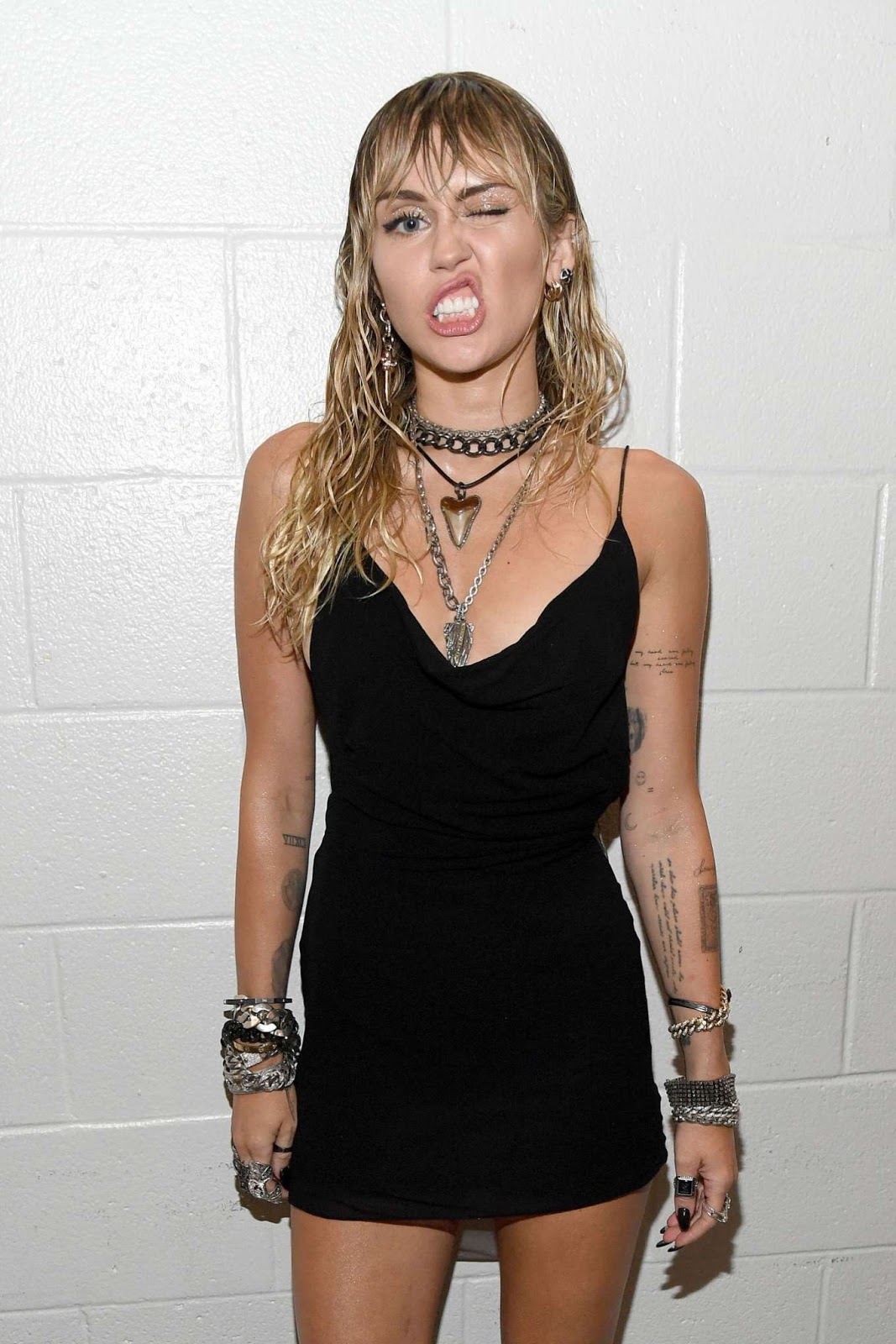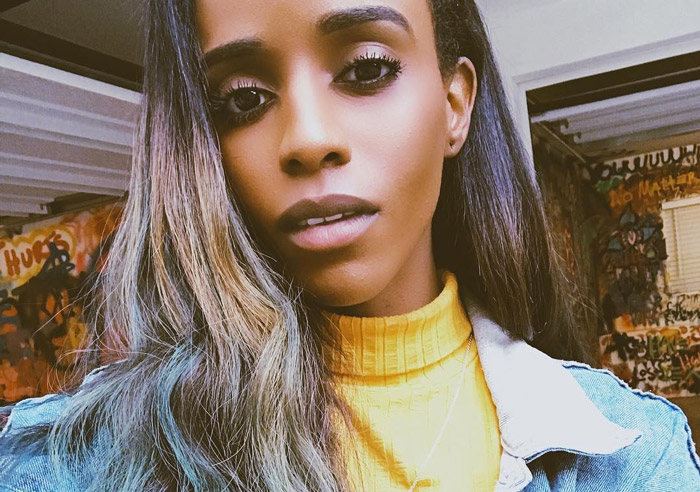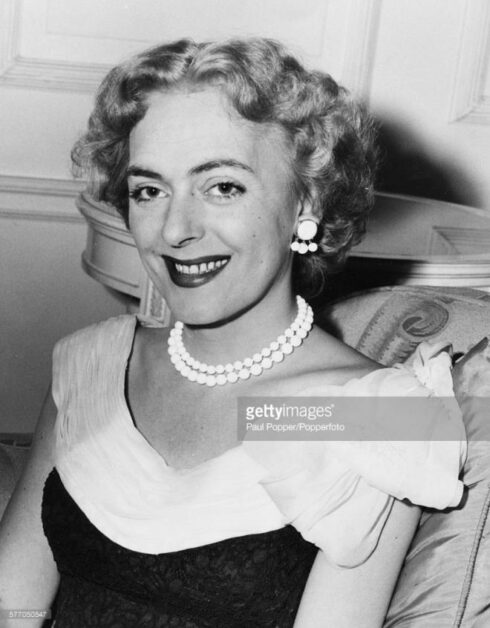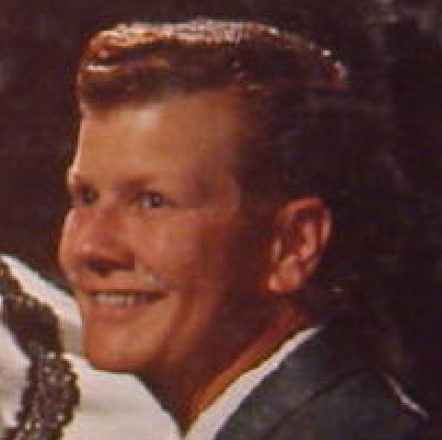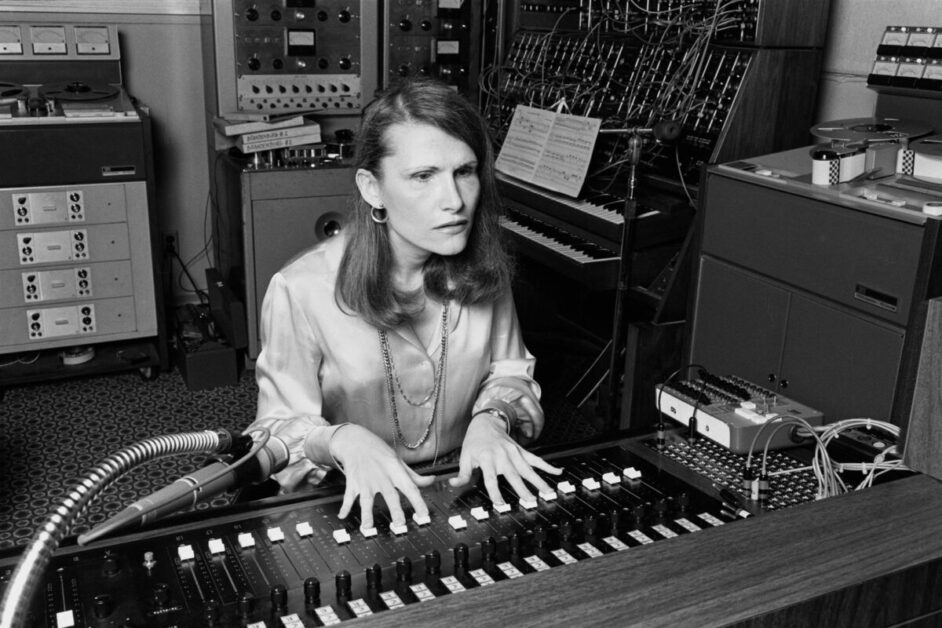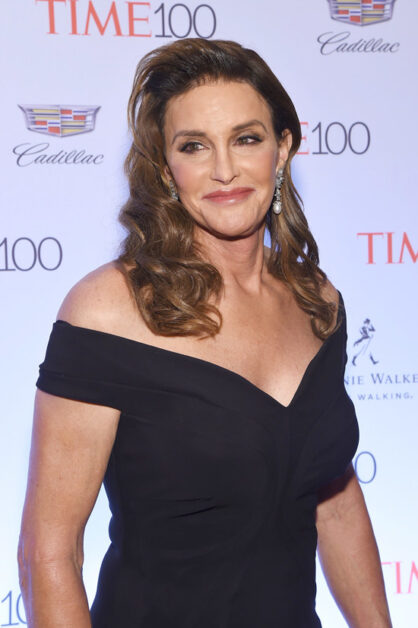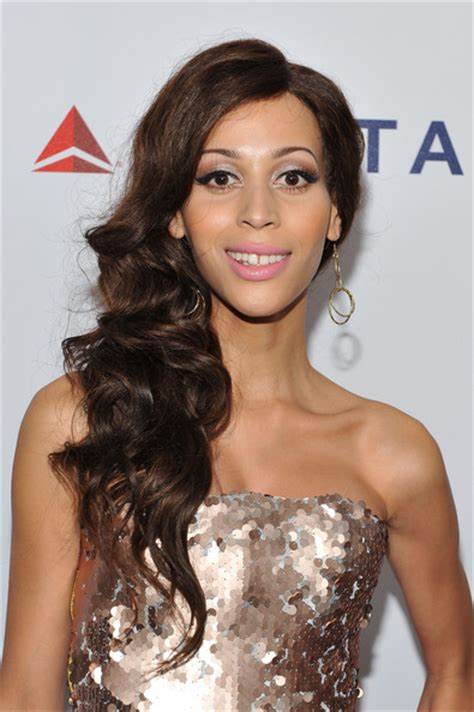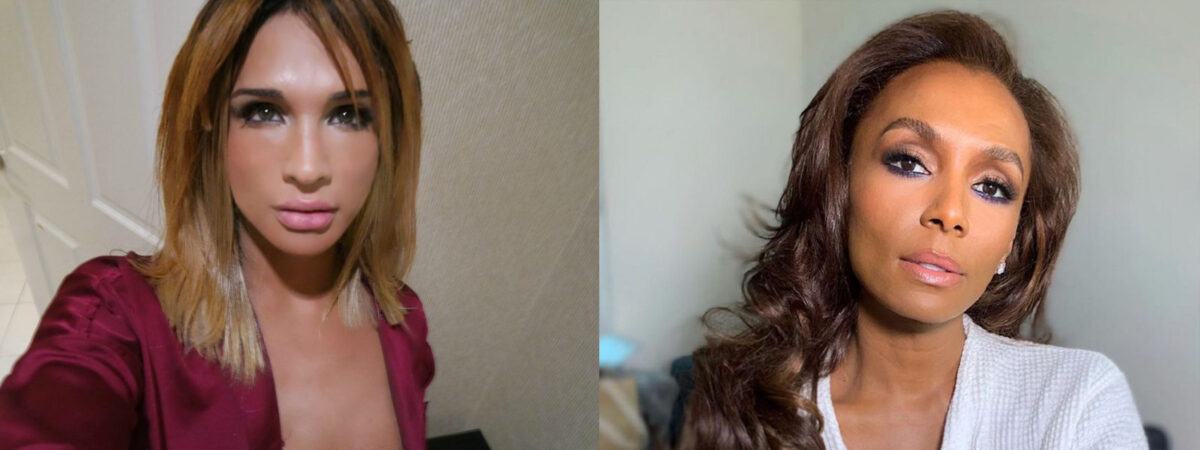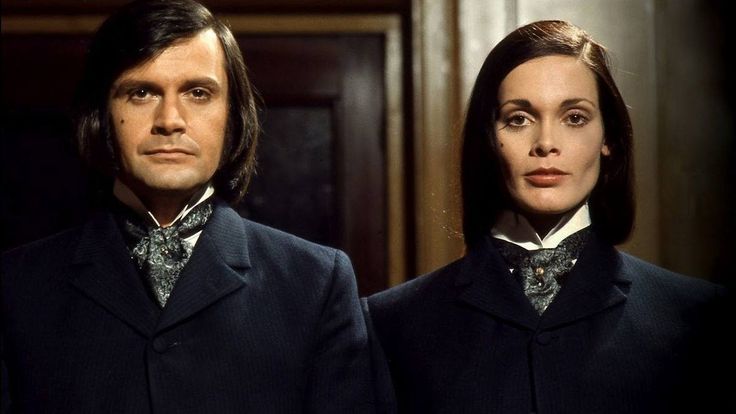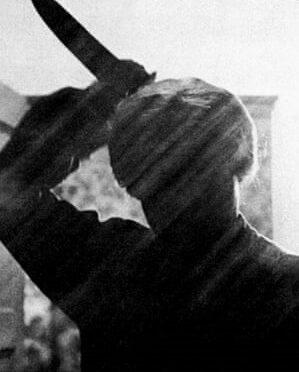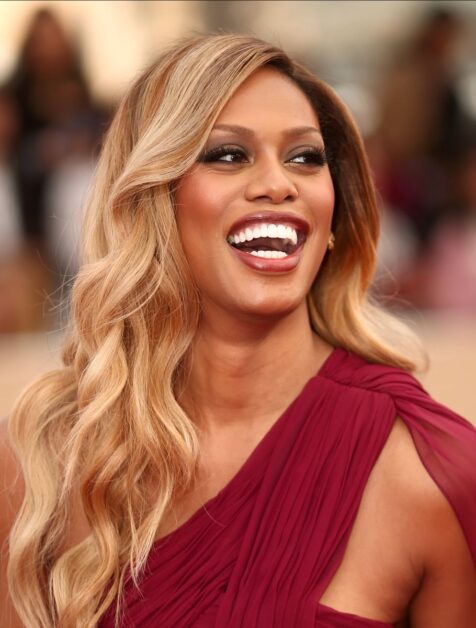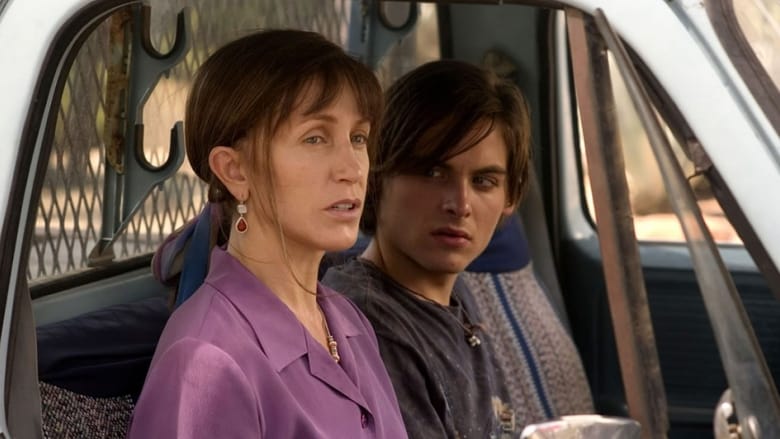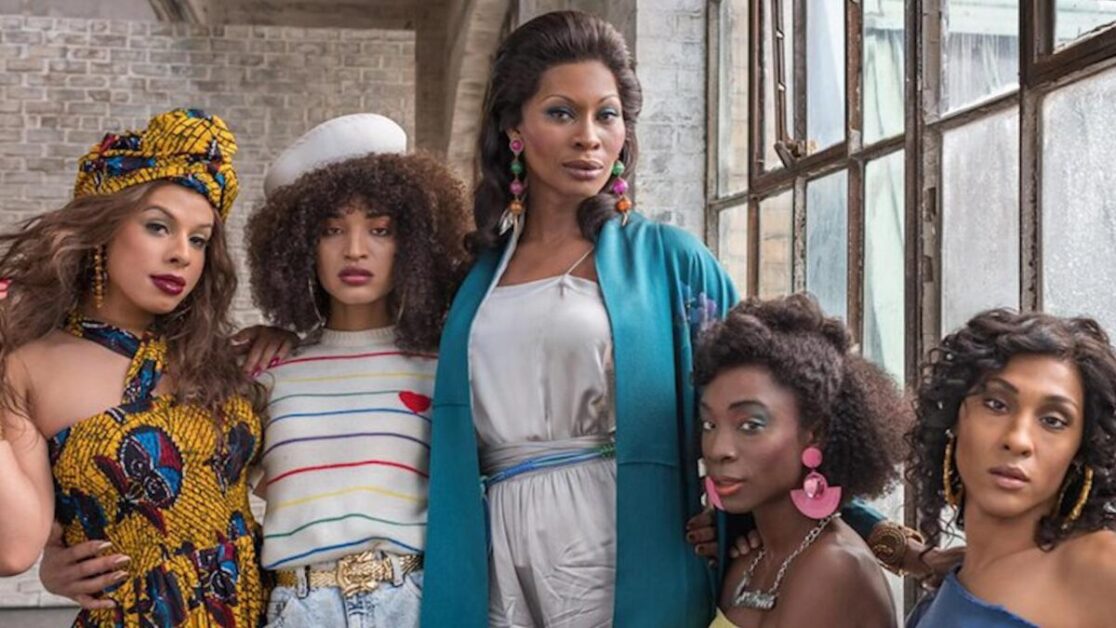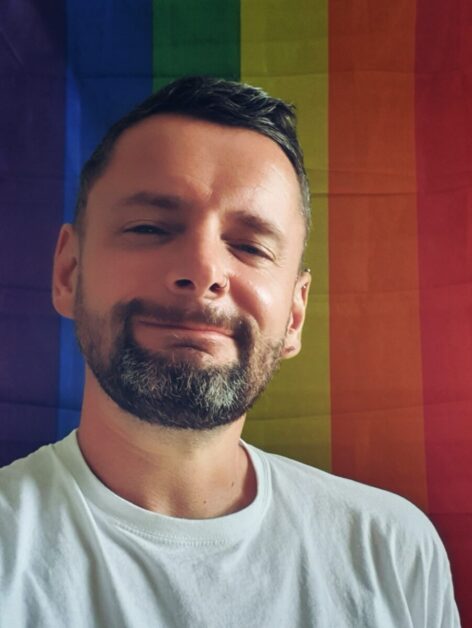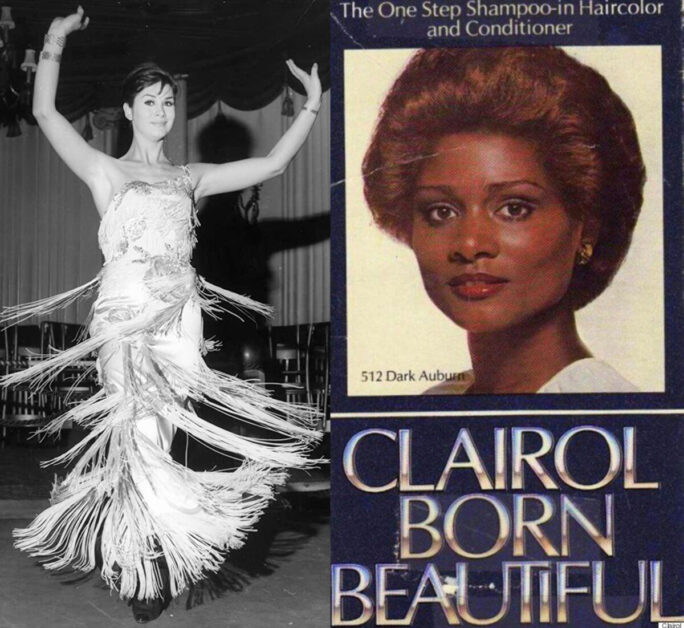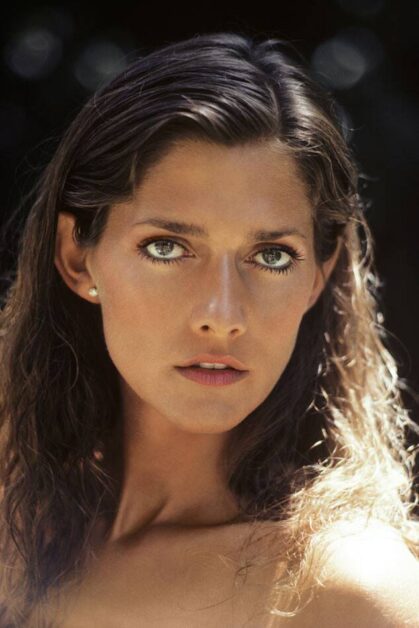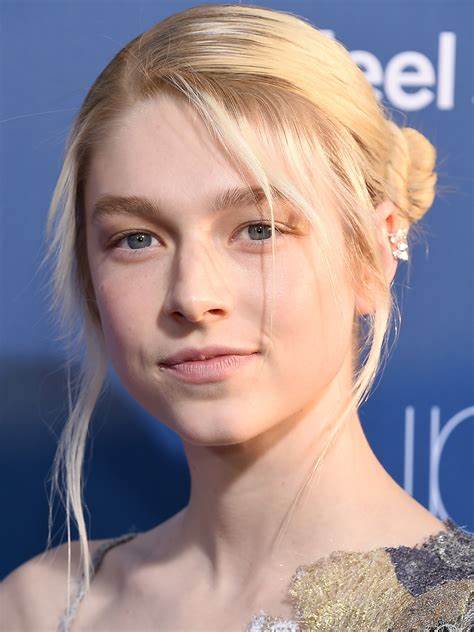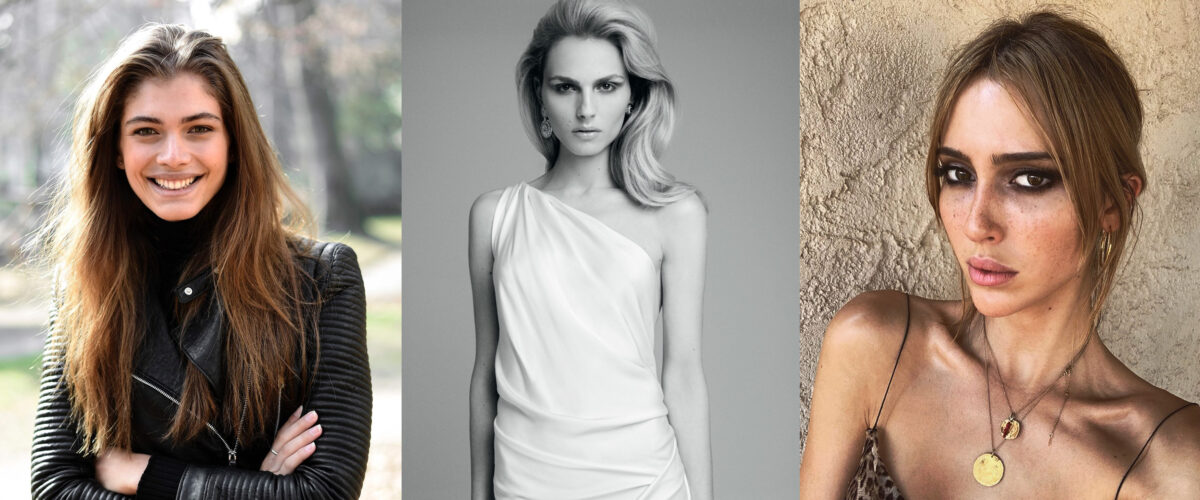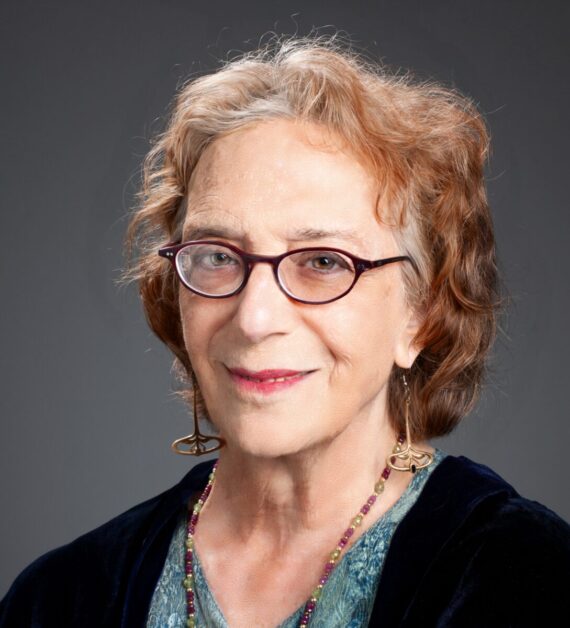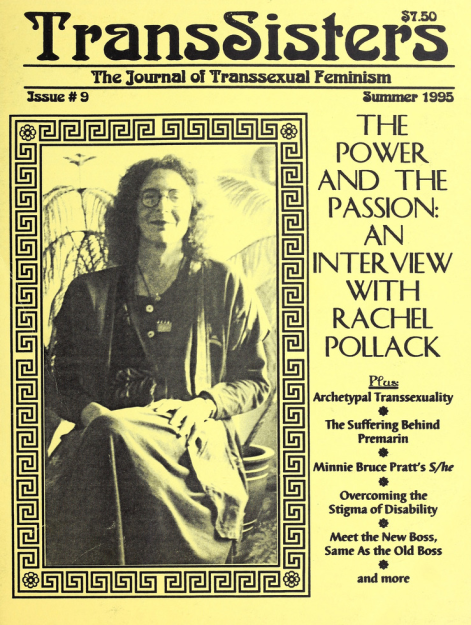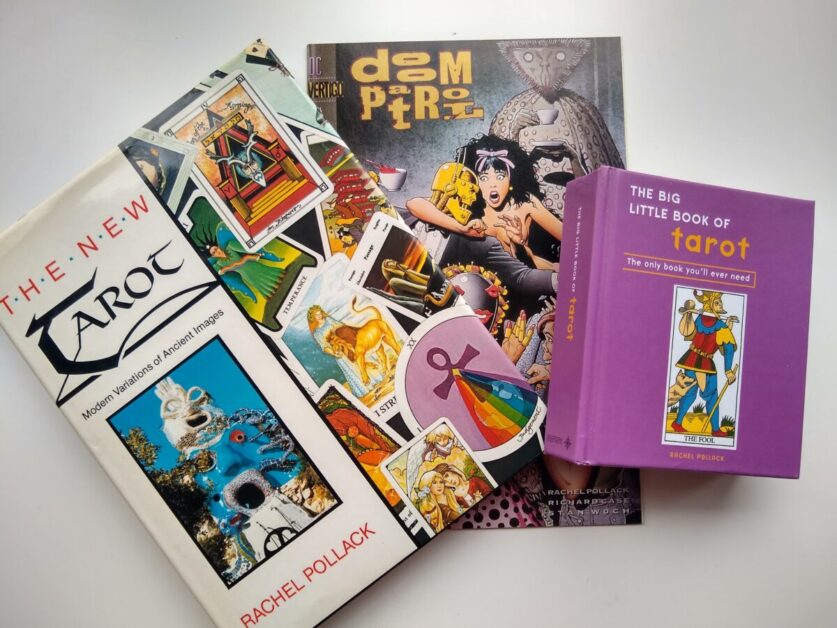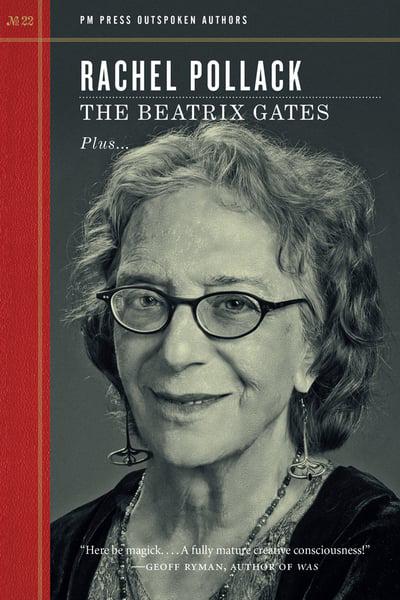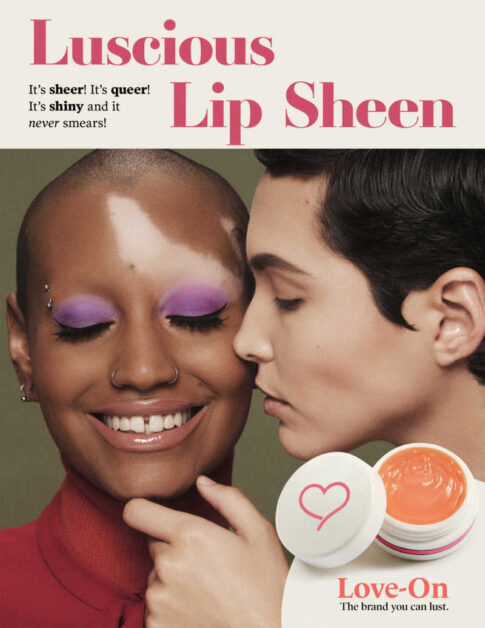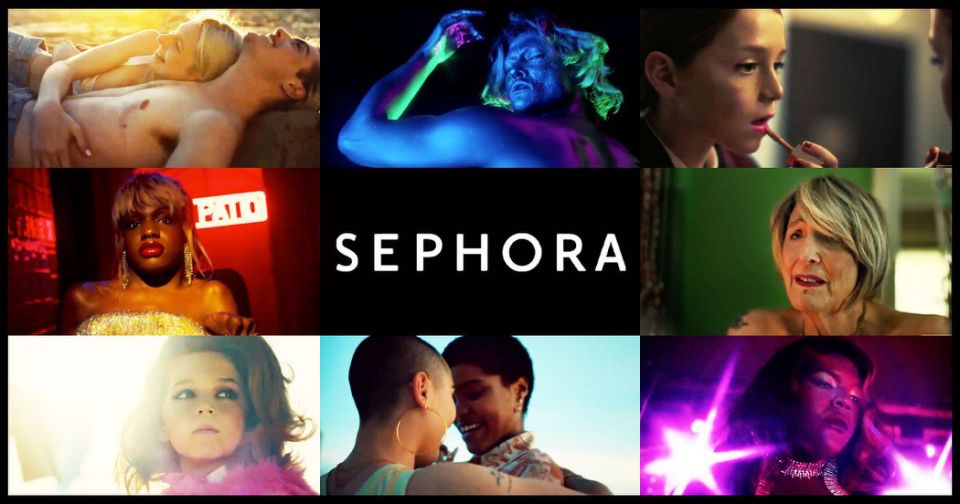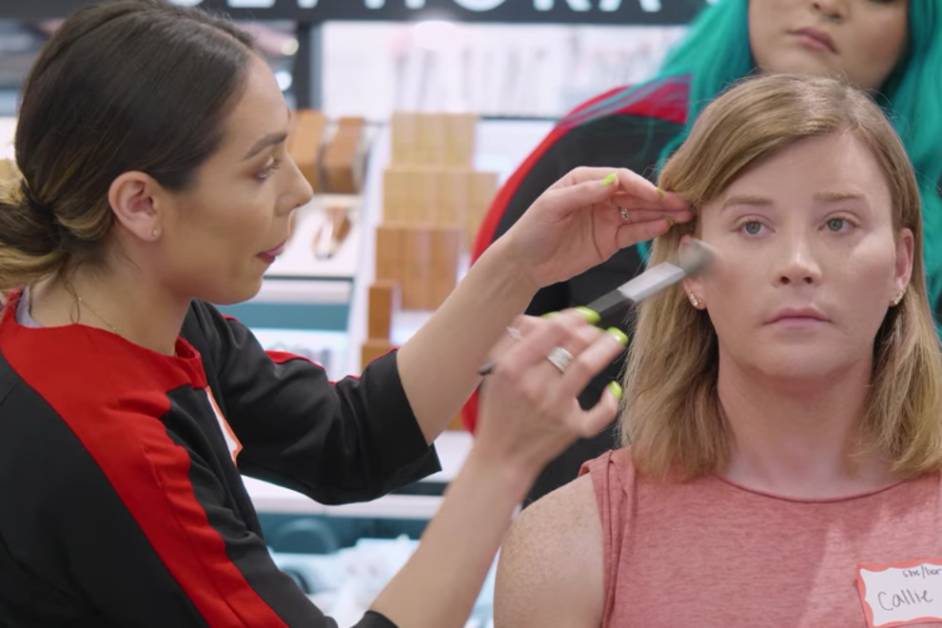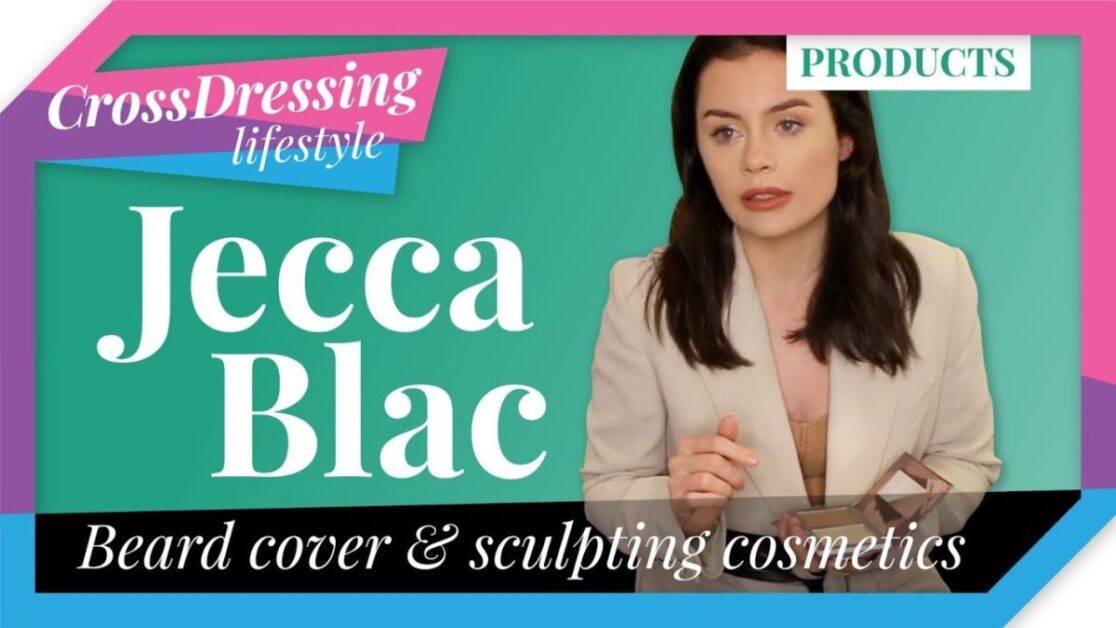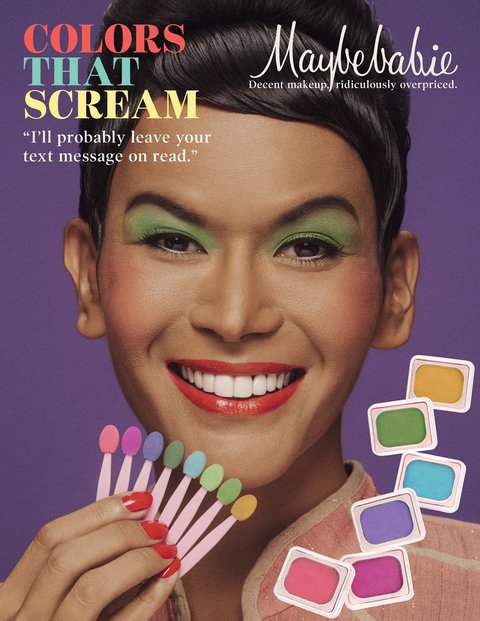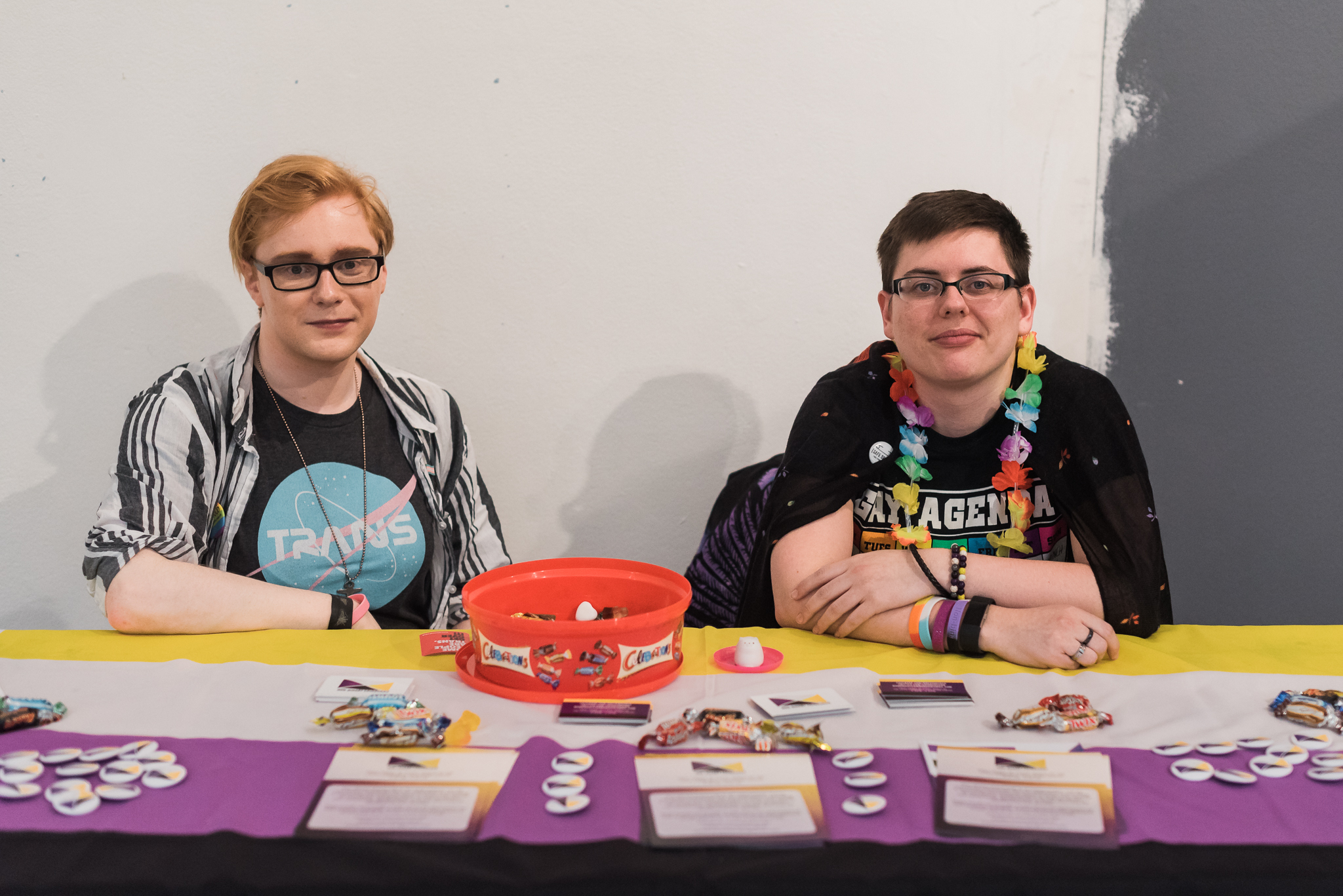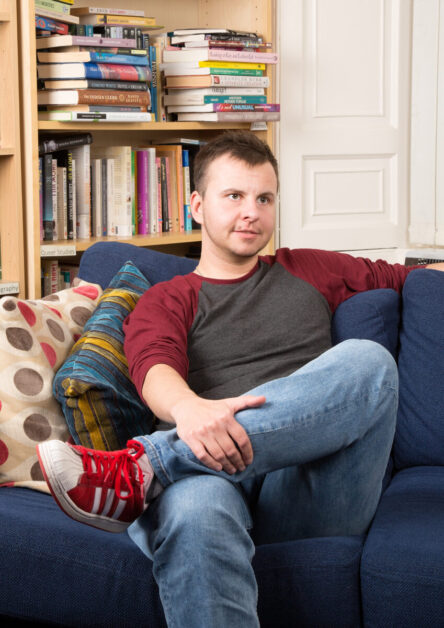By Siobhan Donegan
Caitlyn Jenner, in all probability the most famous Transgender Woman in the world, 1976 decathlon gold medallist and currently running for Governor in California, has recently been in the news having caused controversy-as she says she opposes transgender girls competing in girls’ sports at school. She later added that it was ‘a question of fairness’, referring to ‘biological boys’ who are trans competing in girls’ sports. Online reactions-comments to these opinions include one individual stating that she doesn’t represent trans people and doesn’t even represent cis views on trans issues.
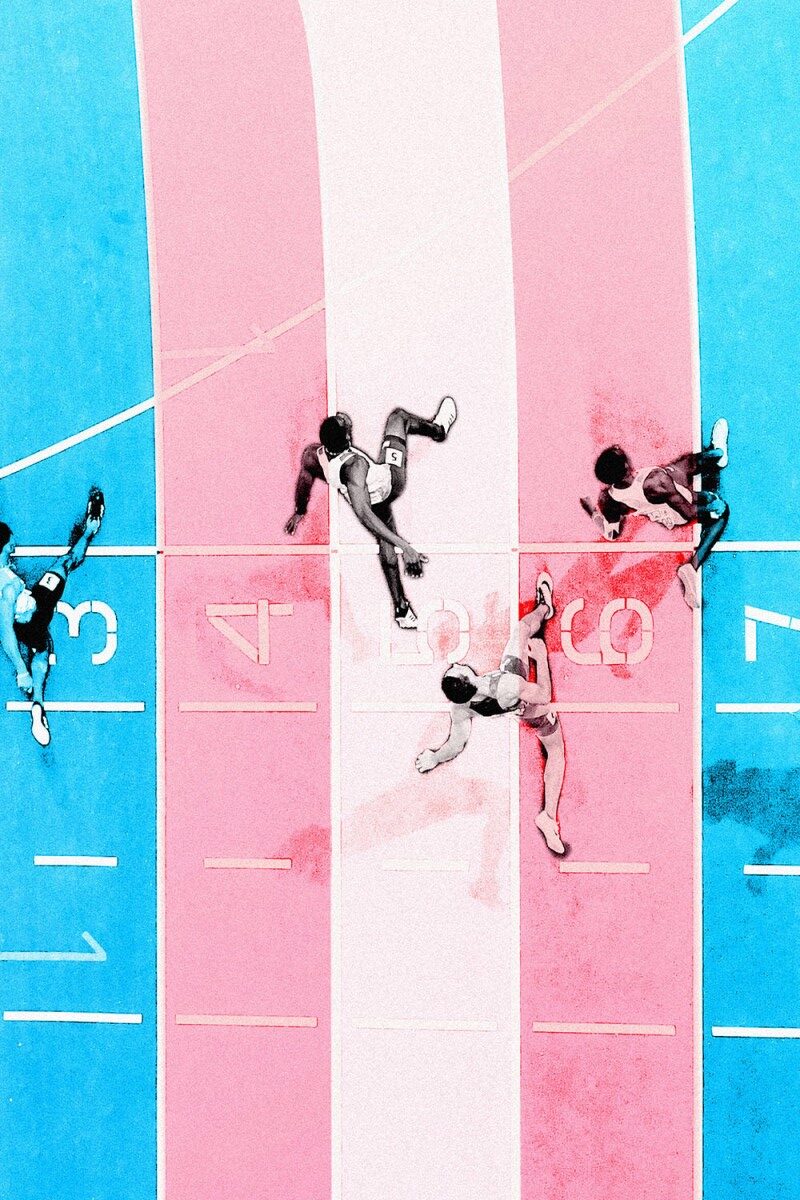 On an even more cynical level it has been claimed that Jenner’s stance against young potential Transgender Athletes, is for no other reason than to pander to Republican voters. Also, that her statement represents and spreads the types of misinformation that will hurt transgender kids, that already need all the support that they can get. It should thus come as no surprise that Caitlyn Jenner has been criticized by many Transgender advocates.
On an even more cynical level it has been claimed that Jenner’s stance against young potential Transgender Athletes, is for no other reason than to pander to Republican voters. Also, that her statement represents and spreads the types of misinformation that will hurt transgender kids, that already need all the support that they can get. It should thus come as no surprise that Caitlyn Jenner has been criticized by many Transgender advocates.
If all this already wasn’t negative enough I feel I should add that unfortunately in the U.S.A the ability of transgender youths to play sports, or receive certain medical treatments has been limited by the fact that five states have laws or executive orders to that effect.
There is of course an ongoing discussion about Transgender inclusion in Sports. Also, this debate has in fact been going on since the Olympics allowed Transgender people to compete. This is partly due to the fact that Domestic Sport is actually considered a ‘complex environment’. The Sports Council Equality Group-SCEG actually initiated a review during 2020 to consider Transgender inclusion in Domestic Sport in the UK. The information collected by this council is now being processed and the work is ongoing towards a carefully considered outcome.
I just wanted to mention here that whenever I research these articles I’m always interested to see if I can find a local Scottish connection, and in this context I think it is important to discuss the Highland Games in relation to this issue. The Highland Games is of course very traditional and in fact the first historical references to the Games ‘heavy events’ was during the reign of King Malcolm the third between 1057 and 1093.
Returning to the issue under discussion, Transgender Sports competitors-entrants could be included in the native tradition of the Highland Games. The Governing body who takes into consideration and makes decisions on these issues, is the Scottish Highland Games Association (SHGA). This governing association has already come under pressure to update and improve ‘gender equality in its events’. Such ‘improvements’ could include ‘handicapping’, which would make possible Women being able to compete on a ‘level playing field’ with Men. The secretary of this governing body Ian Grieve, made it known, in a link, that there will be a Non-binary gender category included according to Scottish Athletics in all their Championship events.
The 72 year old governing body of the Highland Games- the SHGA remains under ‘active discussion’ about Transgender-Non-binary inclusion in the Games and is due to hold talks with the Scottish Government. As regards this a meeting has been organised by regular running competitor in the Games-Willie Rennie Scottish Liberal Democrat Leader and North East Fife MSP. The SHGA are also holding discussions with Scottish Athletics and Event Scotland. Furthermore, Rhoda Grant, Labour Highland and Islands MSP stated in reference to the possibility of the Organisers of the Games receiving Government funding- they would need to be perceived as an organisation treating people as equals. Also, James Morton, who is the Manager of Scottish Trans Alliance commenting on this said, ‘The Highland Games should showcase positive traditions but not out-dated sexist exclusion’.
The Highland Games does in fact have a diverse range of events, which includes tossing the caber, running, highland dancing and solo-piping. Morton stated that, ‘Bagpipers could compete against each other regardless of sex/gender’.
As the Trans Alliance pointed out, running events as organised by the Highland Games should have the same ‘inclusion policies’ as Scottish Athletics. Similarly with the ‘heavy events’ (tossing the caber and tug o’ war), a fairer policy should seriously consider grouping based on such factors as-lifting ability, strength, physical characteristics, rather than just gender/sex.
Finally here, if Scotland’s traditional Highland Games is to include Non-binary and Transgender categories in its events, this will be the first time in its 1000 year history. This possible positive outcome will depend on the final decision of the SHGA’s discussion on ‘development of strategies’ on these important issues of inclusion and representation.
Having attempted to highlight some of the broader issues on this interesting subject, I wanted to focus on some of the Transgender Athletes who have made a mark in their specific sport of choice. The first person I would like to mention here is Rachel McKinnon who is not only a Canadian Transgender Cyclist but also a record breaking Champion. Paula Radcliffe British long distance Runner has argued against the ‘fairness’ of Trans-Women competing against Cisgender Women in elite sports-stating that it should be ‘protected’ for ‘females’. McKinnon stated in response to this, ‘Paula continues to ignore facts: Trans-Women are legally female (and) Trans-Women have been permitted to compete in Olympic eligible sports since 2003’.
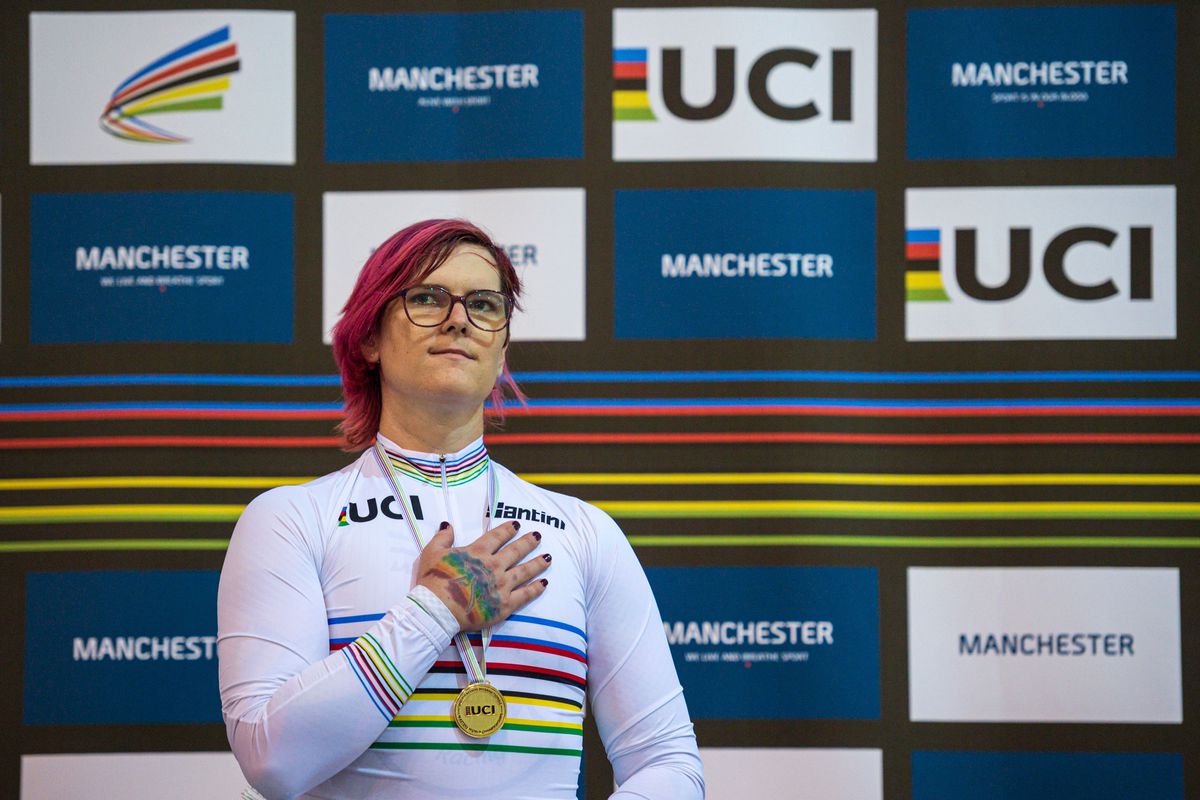
The first Trans-Man to make it to the U.S National Men’s team is Chris Mosier, who is also the founder of TransAthlete.com which takes a proactive role in trying to raise awareness of issues centred on Transgender Athletes. Mosier commented on trans-youth in ‘Out’ stating that there is ‘fear that somehow allowing girls who are Transgender to compete with other girls will give them a competitive advantage’, adding that this is based on ‘false stereotypes’, that athletes ‘come in all shapes, sizes and skill and ability’-and that it’s ‘unfair for us to police bodies’.
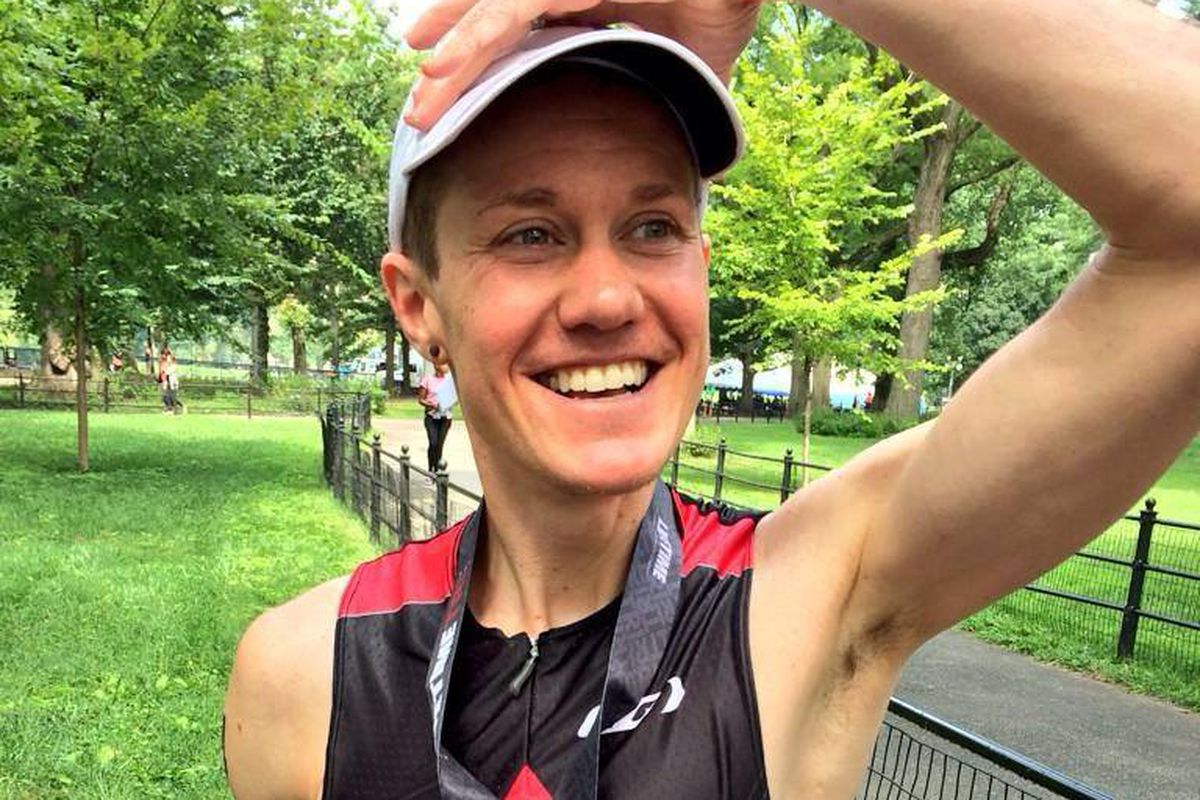
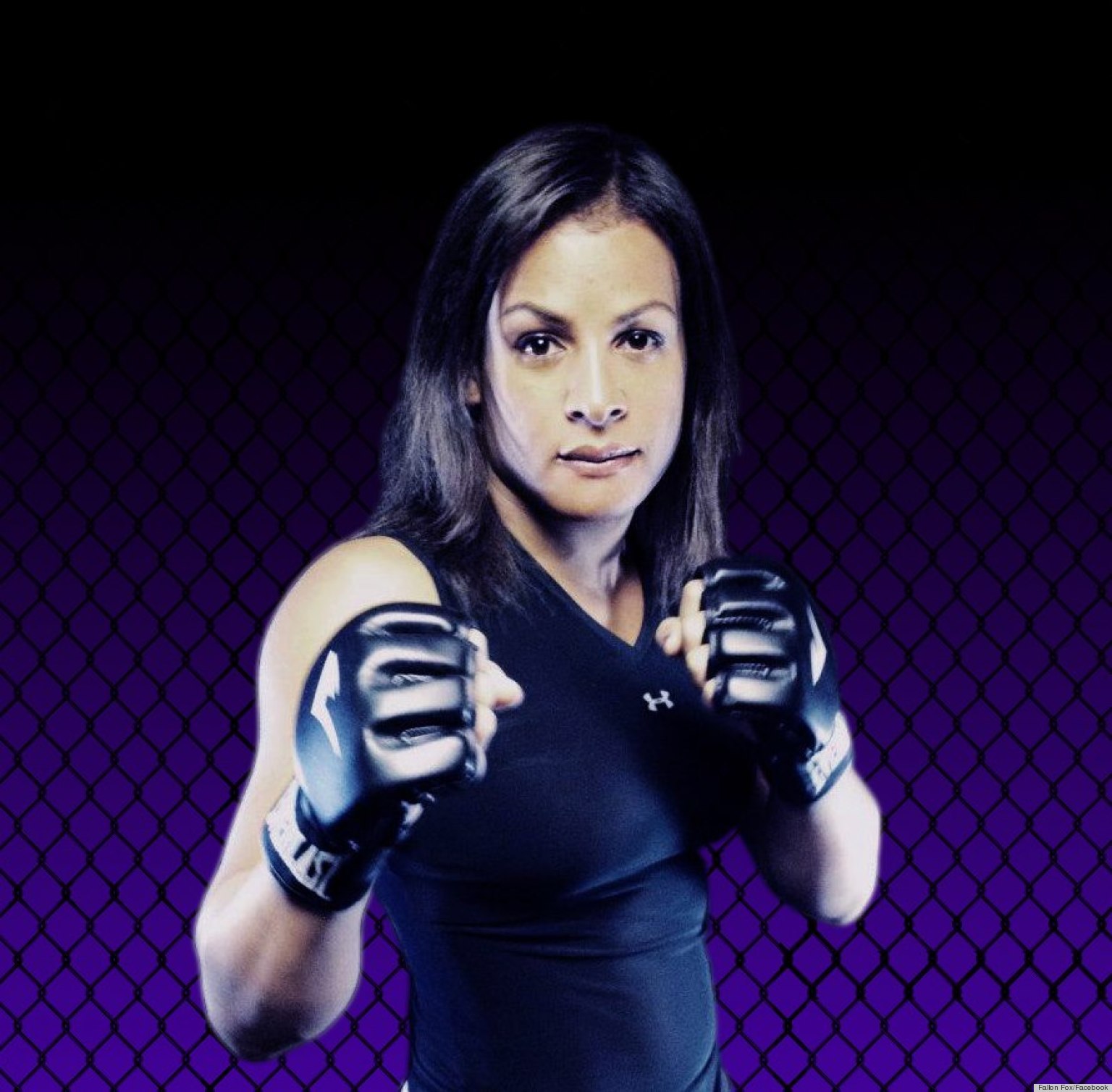
Fallon Fox was in fact the first openly Transgender Woman fighter in MMA history-who has now retired. However, Ronda Rousey the Cisgender MMA Champion refused to fight Fox in 2014, claiming that she had an ‘unfair advantage’. Rousey also stated that ‘I feel like if you go through puberty as a man it’s something that you can’t really reverse’. Fox in turn, responded to this on Facebook referring to Ronda’s ‘bone structure’ arguments as ‘ridiculous’.
Finally, Schuyler Bailer is the first openly Transgender Man-NCAA Division Swimmer. He was originally recruited to play on the Women’s team but now since transitioning has joined the Men’s team. Bailer stated that people worry that I’m ‘doping’ because he takes testosterone, as part of his HRT, and as such has a ‘steroidal advantage’, but claimed that this is not the case.
